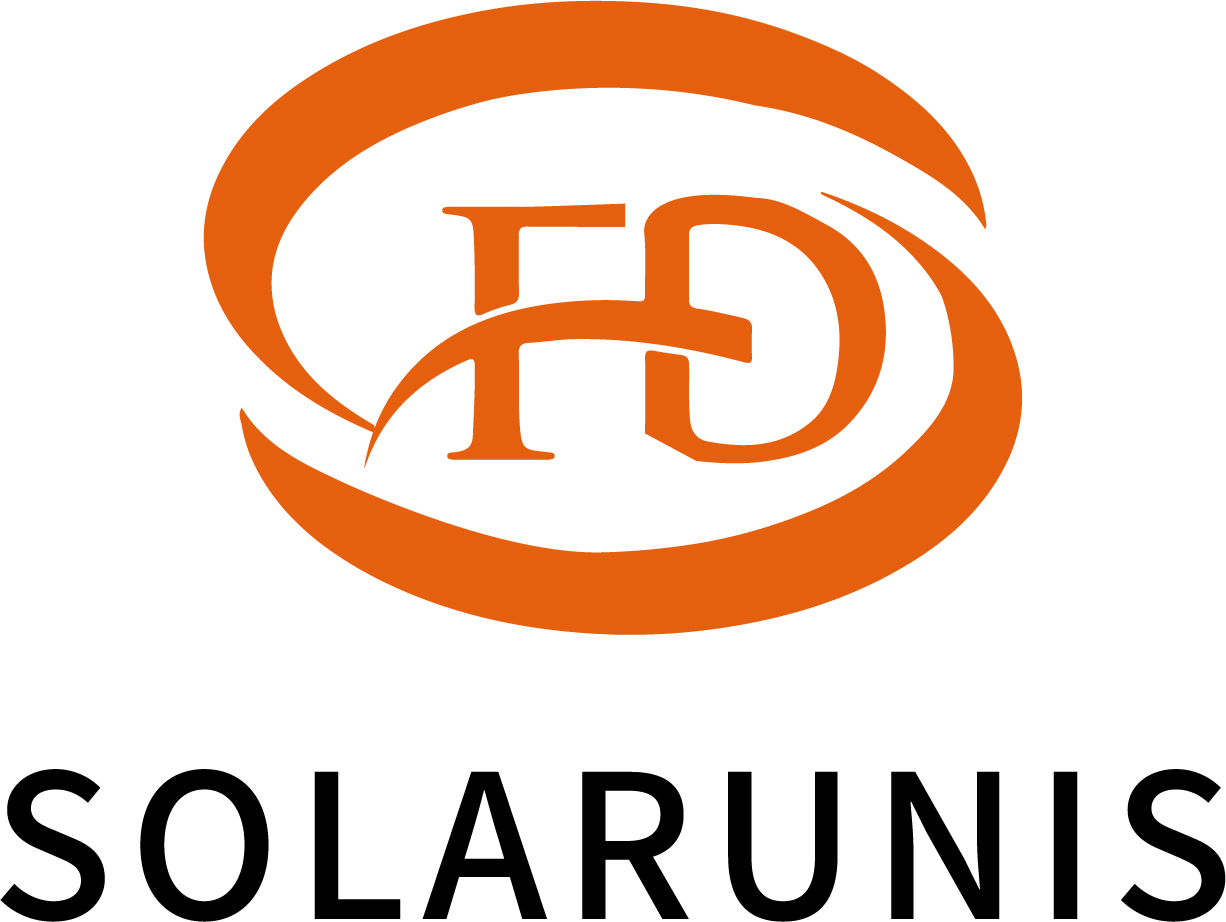(Source: InfoLink)Raw material shortages continued in the PV supply chain. In addition to soaring polysilicon prices, ocean freight rates surged in April again, worsening supply chain bottlenecks. PV inverters might be the next to take a blow due to semiconductor chip shortage, which may persist until the first quarter of 2022. PV inverters cannot stand aloof from the global semi-conductor shortage, as supply of digital components and insulated gate bipolar transistors (IGBT) required for PV inverters manufacturing failed to meet demand.
This is not something new. In 2019, as markets witnessed the rise of EV giant Tesla, which propelled major automobile manufacturers around to globe to introduce their own electric vehicles, the IGBT market saw significant growth, since it is a perfect material for customized engines and power conversion components such as PV inverters. IGBT has immediately become a most sough-after component for the EV and PV industries.
Apart from GoodWe and Growatt that have announced to raise prices for some inverters due to chip shortage, some Chinese PV companies reported shortage of electronic components. Although they have stockpiled components beforehand amid previous panic buying of IGBT in the EV market, short supply of some key electronic components remains. In response, most inverter makers raise prices, extend delivery time and source from other suppliers. Switching to other suppliers, however, leads to an increase in overall costs for inverters as rooms for price negotiations become limited, although the additional costs will be passed on to downstream manufacturers.
Polysilicon and wafer price hikes sent cell and module prices up, while steel and freight rates have stayed high thus far, combined with global semiconductor component shortage, installation costs continue to rise, and supply was disrupted. Against the backdrop of potential impacts on the installation volume, manufacturers’ forecast for this year turns conservative.
Note: IGBT is a critical component that transfers chaotic electric currents produced by generation facilities to currents with certain electric energy parameter, providing power for a variety of electronic devices. IGBT modules, with less of interlinked components, enable designers to develop smaller systems, and thus simplify assembling process, accelerate product launch time, reduce costs, and improve overall efficiency.
